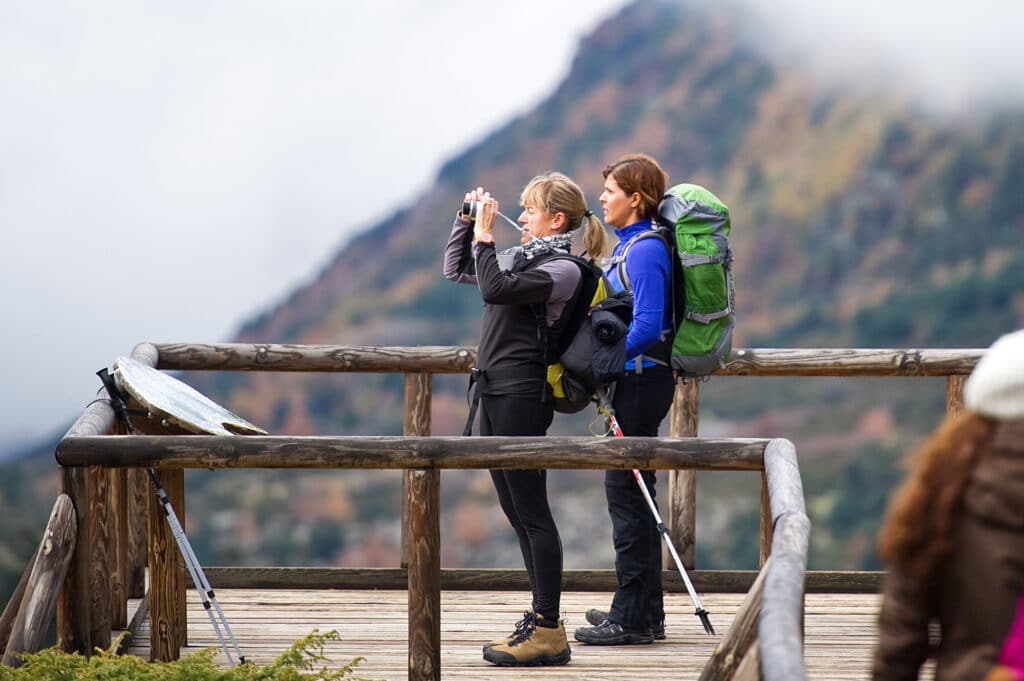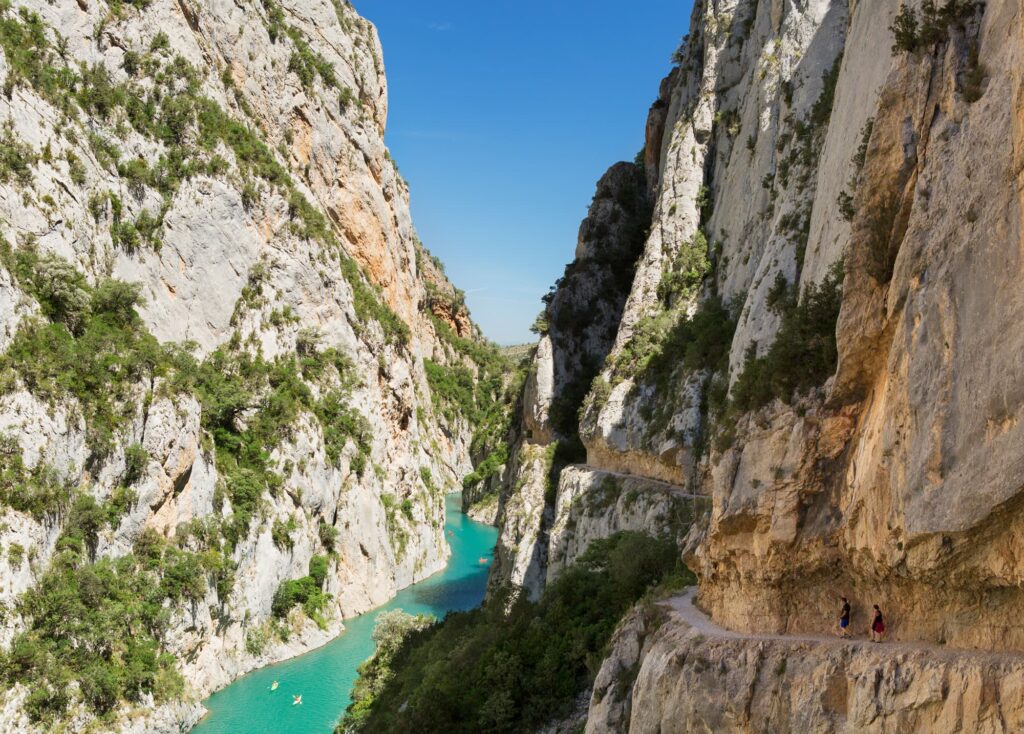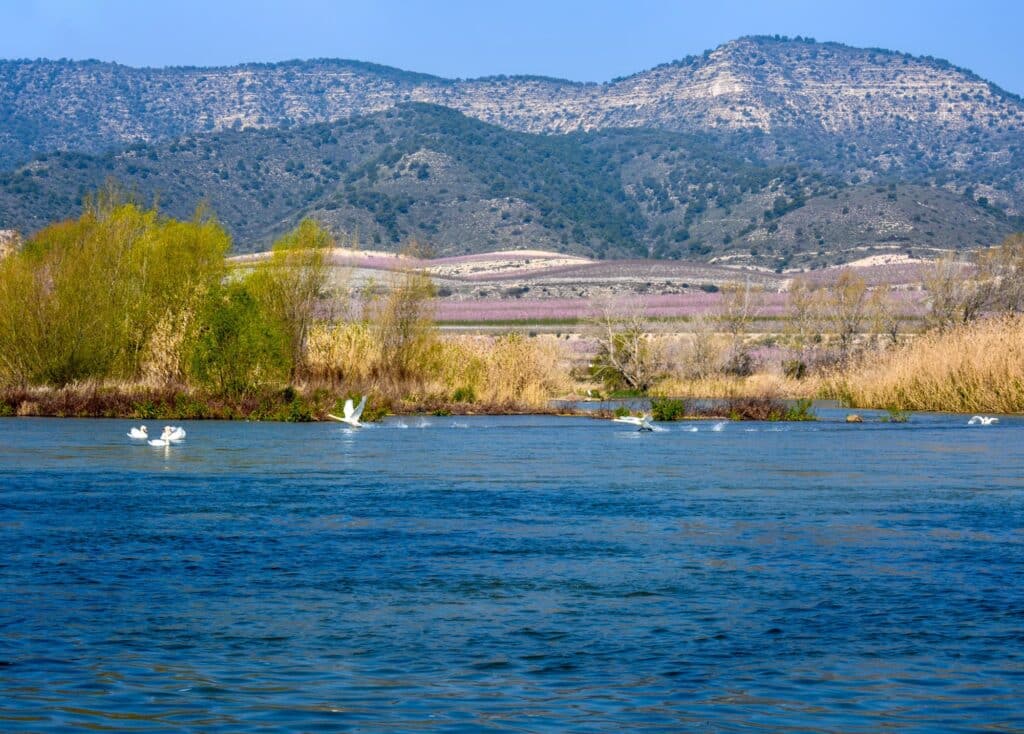ORNITHOLOGICAL TOURISM
Alfés-Mas de Melons
If your objective is to see steppe birds, you must stop off at the natural space of Mas de Melons-Alfés. You will find it on your way to the Aiguabarreig from the Estany d’Ivars i Vila-sana pool. This is a small space on the border between the comarques of Les Garrigues and El Segrià with dryland agricultural habitats that conserve a species that is otherwise almost extinct in our territory: Dupont’s lark. Mas de Melons is also a point where attempts are being made to reinforce the lesser grey shrike, which has now otherwise almost disappeared from the drylands of Lleida.
Other emblematic species to be observed at this location are: the little bustard, the pin-tailed sandgrouse, the black-bellied sandgrouse, the stone curlew and Montigu’s harrier.
The thyme fields of Alfés constitute the last great steppe wilderness remaining in the Lands of Lleida and they are located near the village of the same name. The Bassal de Mas de Melons pool, which has been legally recognised a partial nature reserve, is located at Castelldans. It has an information point but, for the moment, this is only open at weekends.
Finally, we must not forget that only 34 kilometres away it is possible to find the Utxesa reservoir. This waterbody has acquired increasing importance as a natural resource since the beginning of the 20th century. It has a surface area of 242 ha and is an important place for aquatic and marshland birds. It is relevant to highlight the nesting of the bearded reedling (which cannot be found anywhere else in Catalonia) and the presence of the Iberian reed bunting and the moustached warbler. There is also an abundance of other lacustrine species and well as others associated with dryland habitats.
There is an information point at Torres de Segre, in the Molí building.




